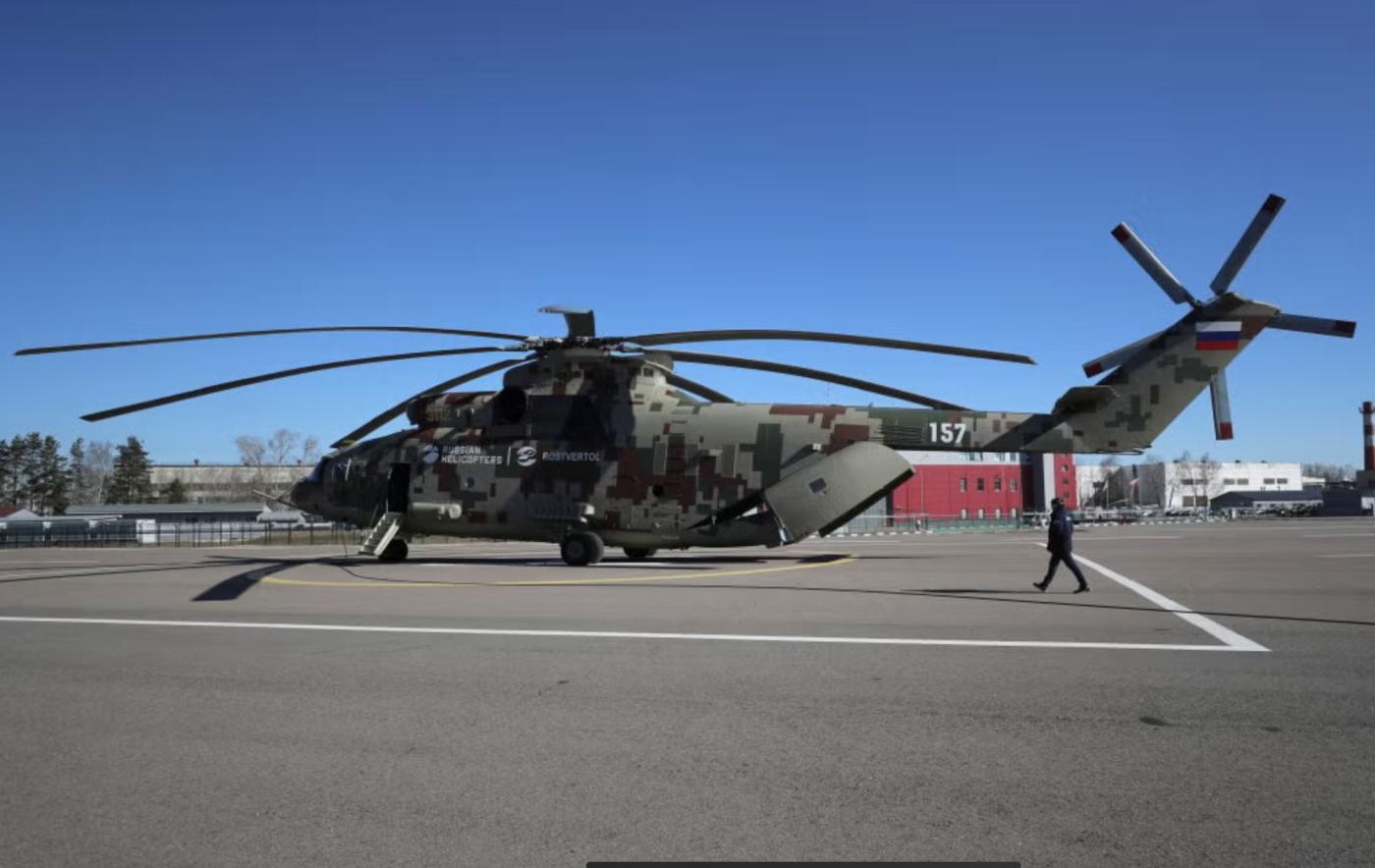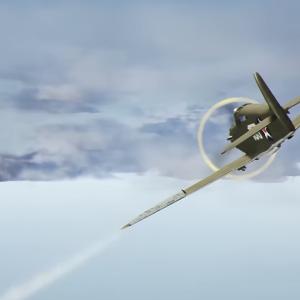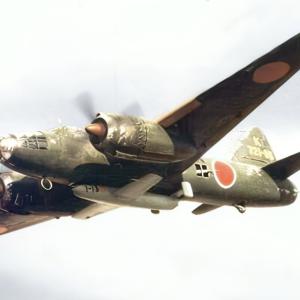
Russian mi-26 heavy lift Helicopter
The Mil Mi-26 holds the distinction of being the largest and most powerful helicopter ever produced, a true marvel of Soviet and later Russian aerospace engineering. Designed primarily as a heavy-lift transport helicopter, it has played a crucial role in both military and civilian operations since its introduction in the late 1970s. Its size, strength, and versatility make it a unique asset in the world of rotary-wing aviation.
The helicopter was designed by the Mil Moscow Helicopter Plant, a renowned Soviet design bureau founded by Mikhail Mil, who was instrumental in shaping Soviet helicopter development. The design process for this massive aircraft began in the early 1970s, as Soviet planners sought to develop a machine capable of lifting payloads far beyond the capabilities of existing helicopters. The objective was to replace multiple smaller helicopters and fixed-wing transports with a single, more efficient heavy-lifter capable of supporting military logistics, disaster relief, and industrial tasks.
The Mi-26 first took to the skies in December 1977, demonstrating a robust combination of power and lift capability. Production was carried out by Rostvertol, a helicopter manufacturing plant located in Rostov-on-Don, Russia. Rostvertol has been responsible for turning Mil’s ambitious designs into reality, delivering the helicopters to both military forces and civilian operators around the world. To date, over 300 Mi-26 helicopters have been built, which is a testament to its enduring utility and demand.
One of the most defining features of this helicopter is its unparalleled lifting capacity. It can carry up to 20 metric tons (approximately 44,000 pounds) of cargo internally or on an external sling. This extraordinary capability allows it to transport heavy military vehicles such as armored personnel carriers, artillery pieces, and even smaller tanks. In civilian applications, the Mi-26 is used to move large construction equipment, industrial machinery, and supplies to remote or difficult-to-access locations. Its large cargo bay measures about 15 meters long, 4 meters wide, and 3.2 meters high, making it spacious enough for a variety of oversized loads.
Powering this giant are two Lotarev D-136 turboshaft engines, each generating approximately 11,400 horsepower. This allows the helicopter to reach speeds of up to 295 kilometers per hour (about 183 miles per hour) and an operational range of roughly 800 kilometers (around 500 miles) without refueling, which can be extended with in-flight refueling or auxiliary fuel tanks. These performance specifications make the Mi-26 not only a powerful but also a relatively fast and long-range helicopter for its size category.
Operating a helicopter of this magnitude requires a well-coordinated crew of five: two pilots, a flight engineer, a navigator, and a loadmaster. The pilots are responsible for flying and controlling the aircraft, while the flight engineer monitors the complex engine and mechanical systems. The navigator manages route planning and navigation, and the loadmaster oversees cargo loading, securing, and unloading. This team is essential to safely manage the helicopter’s massive size and heavy payloads during demanding missions.
The Mi-26’s eight-blade main rotor, measuring 32 meters in diameter, contributes to its exceptional lift capacity and stability. Its distinctive design also includes a rear loading ramp, which simplifies the process of loading and unloading heavy and bulky cargo. The spacious cabin and ability to carry large loads externally give it unmatched versatility for different mission profiles.
Throughout its operational history, the Mi-26 has been employed in numerous notable military and humanitarian missions. In military contexts, it has been used extensively by Russian and other former Soviet states’ armed forces to transport troops, equipment, and supplies in difficult terrain, including remote mountainous regions and the Arctic. One of the most famous military uses was during the Soviet–Afghan War, where it proved essential in delivering heavy equipment and evacuating casualties under hostile conditions.
The helicopter has also been deployed in peacekeeping and humanitarian operations worldwide. For example, it played a vital role in the relief efforts following the 1988 Armenian earthquake, where its heavy-lift capability was critical in transporting emergency supplies and equipment to devastated regions inaccessible by road. More recently, it has been used in firefighting operations to carry large water tanks and firefighting equipment to combat wildfires in Russia and other countries.
Another notable operation involving the Mi-26 was the evacuation of the Chernobyl nuclear disaster site in 1986, where it was used to transport heavy machinery and to help contain the fallout. This demonstrated the helicopter’s ability to operate in hazardous and challenging environments, underlining its strategic importance.
Beyond military and emergency relief, the Mi-26 has found use in the commercial sector for transporting oversized industrial components, such as power plant turbines and oil rig parts, particularly in remote areas of Siberia and the Russian Far East. Its capability to land on unprepared surfaces and carry outsized loads has made it invaluable in supporting infrastructure projects in harsh environments.










